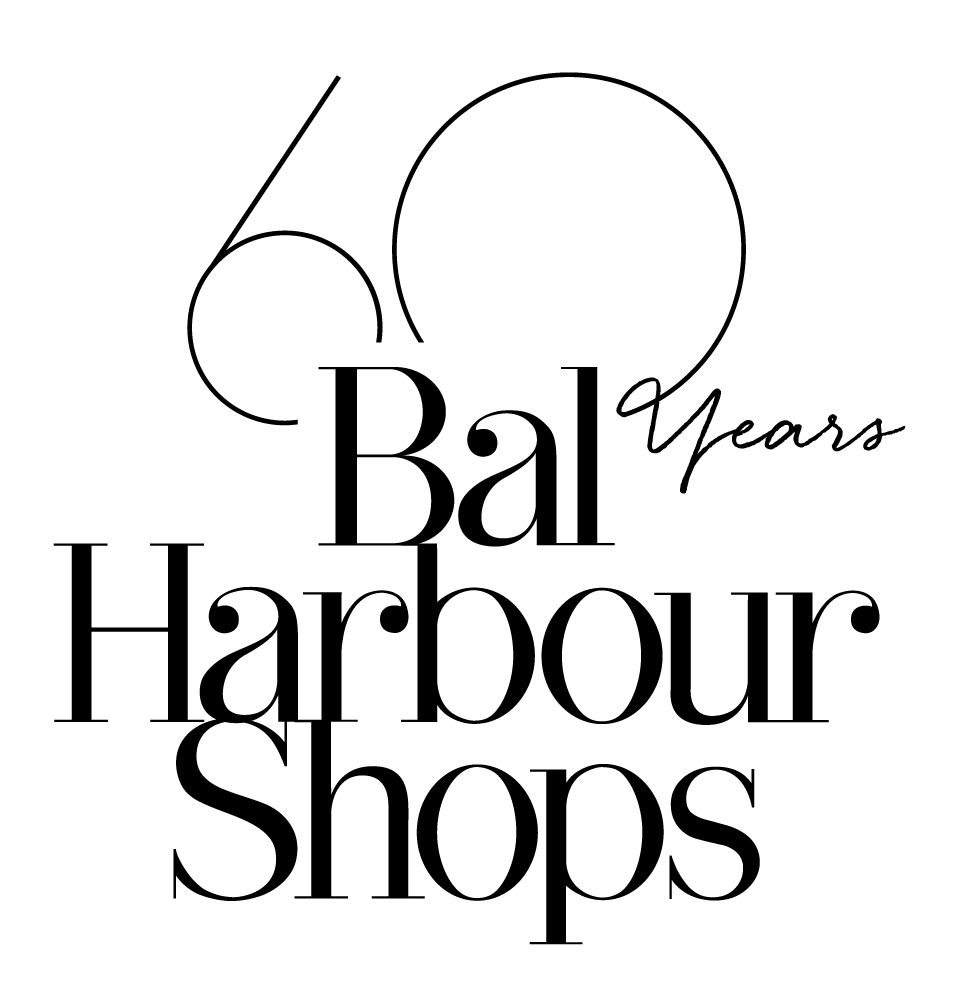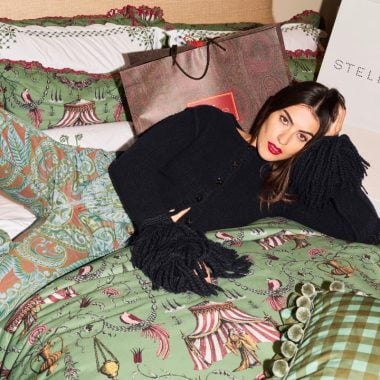By Kat Herriman
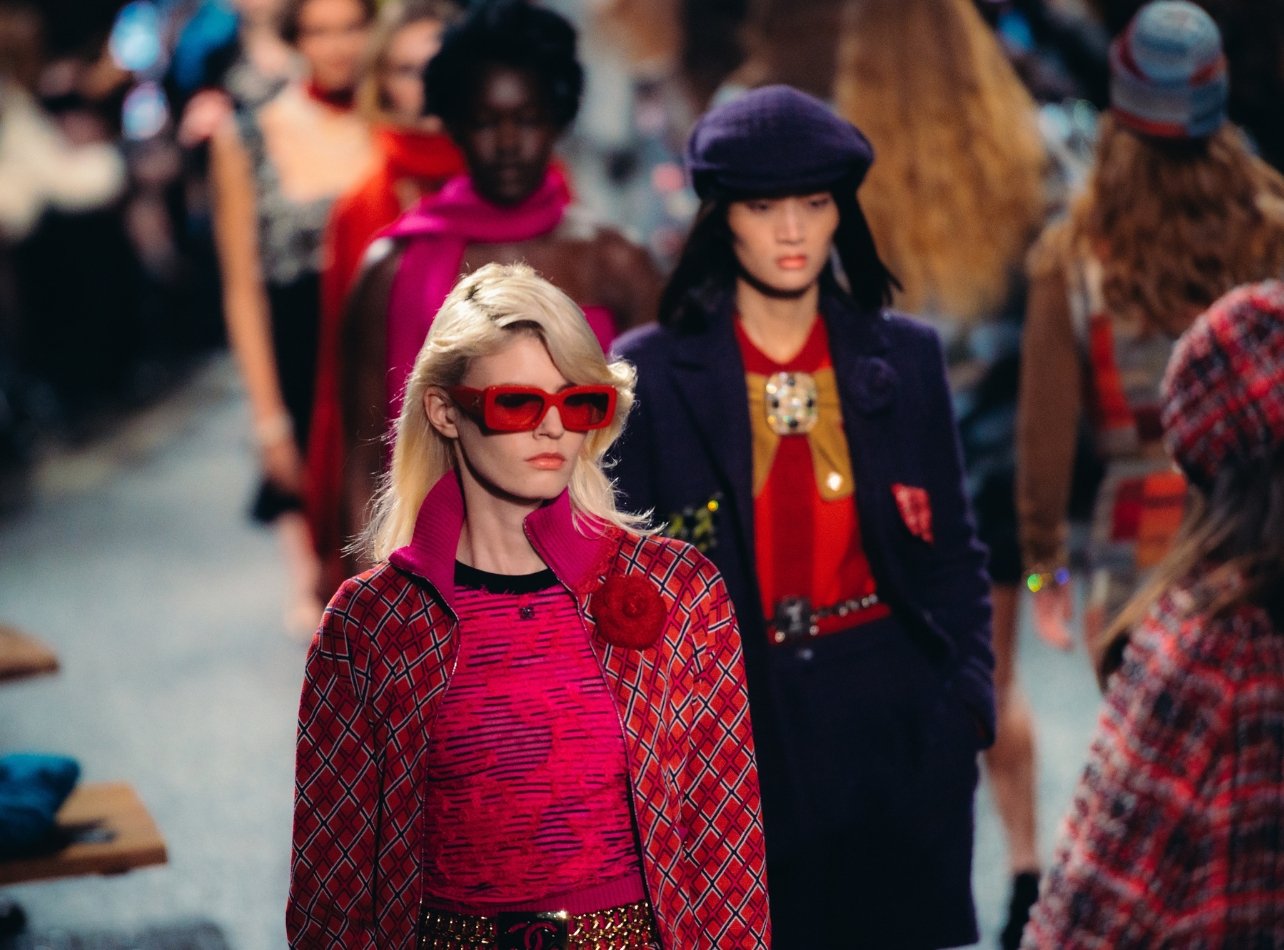
Staged in Manchester, Chanel’s 2023/24 Métiers d’art collection plays heavy on tweed—a material Chanel has become synonymous with.
When considering Karl Lagerfeld’s influence on Chanel, most people focus on fashion–the 2.55 flap bag, the sneakers, the themed runways, the recurring muses–but the designer’s contributions to the brand’s DNA are much greater than what he sent down the runway. They extend to the business and the way Lagerfeld transformed Chanel into a lifestyle.
And one might argue that his most influential innovation is the Métiers d’art show. Started in 2002, the inaugural show set new industry precedents: It was the first time a fashion house had fully showcased its network of specialty artisans–and let those craftsmen be the inspiration for a special runway show. It was revolutionary for a fashion house to pull back the curtain and shine a light on the mysterious inner workings of the atelier. Provenance became synonymous with luxury. Now, Chanel’s Artistic Director Virginie Viard carries on that legacy by taking a moment each year to pause and luxuriate in the details that turn a garment into a work of art.
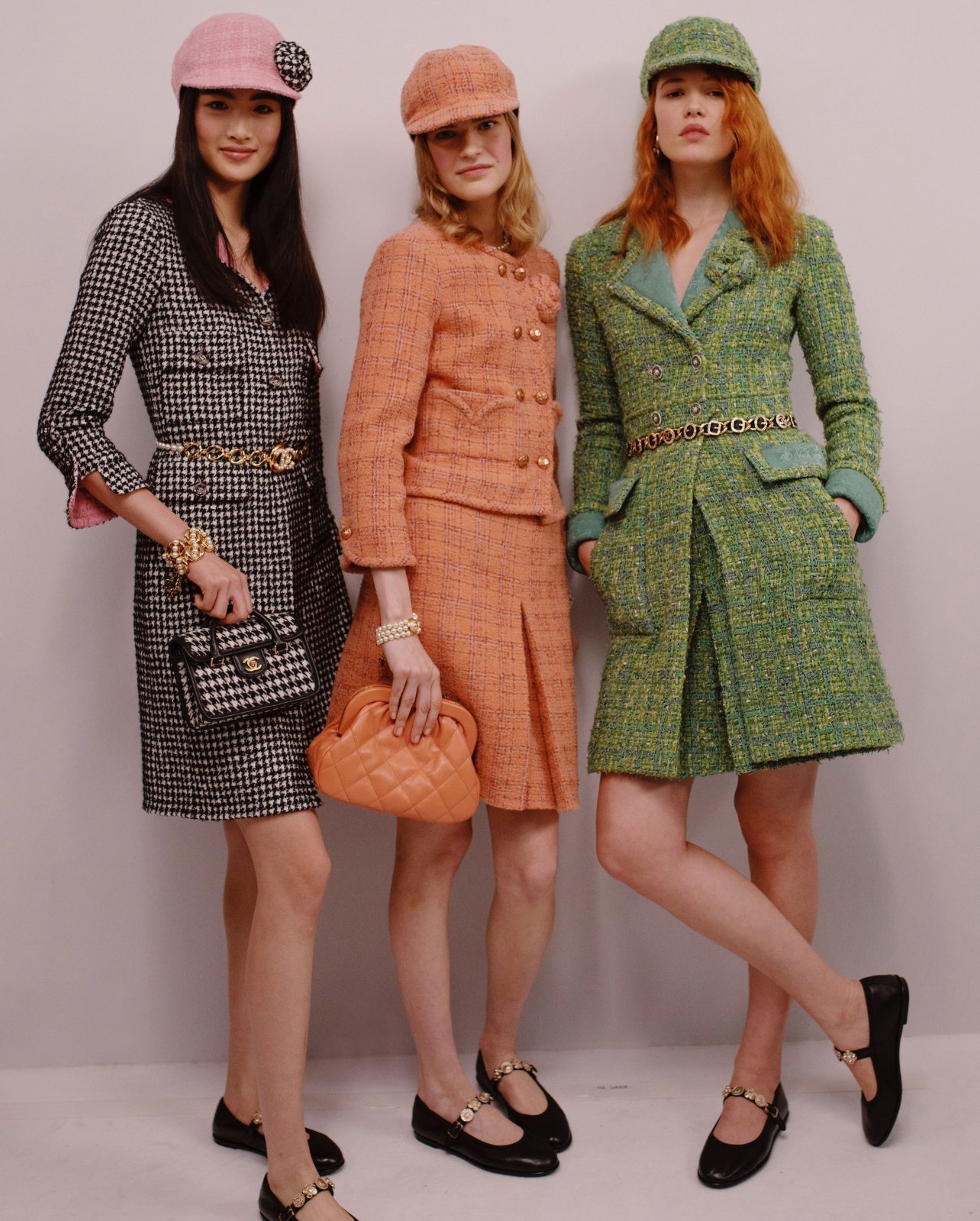
Backstage, models show off their colorful tweed looks.
The annual show also unlocked a new production scale for couture with its global prerogative. Popping up from Dallas to Dakar, Métiers d’art introduced a peripatetic showmanship to the fashion calendar. Today, we take for granted that runway shows could pop up anywhere, but the blueprint will always be Métiers d’art and those first jet-set shows.
The collection’s nomadic nature can be traced back to its origin to make the international sources responsible for Chanel’s excellence visible. (Today, 11 of the 40 specialty craft houses Chanel employs can be found at 19M, the sprawling building the brand opened in Paris in 2021.) Connecting the dots across the world through runway shows, Métiers d’art created a new generation of patrons and muses more educated on, and connected to, the inner logics of the house and its community. Not only did Chanel customers know that they loved the clothes, now they also had an informed appreciation and understanding of the skilled labor and fine materials that composed every garment. They knew how precious each component was, and just how rare and specific its source could be. To buy luxury is one thing—to understand why something is exquisite enough to be a luxury is something else.
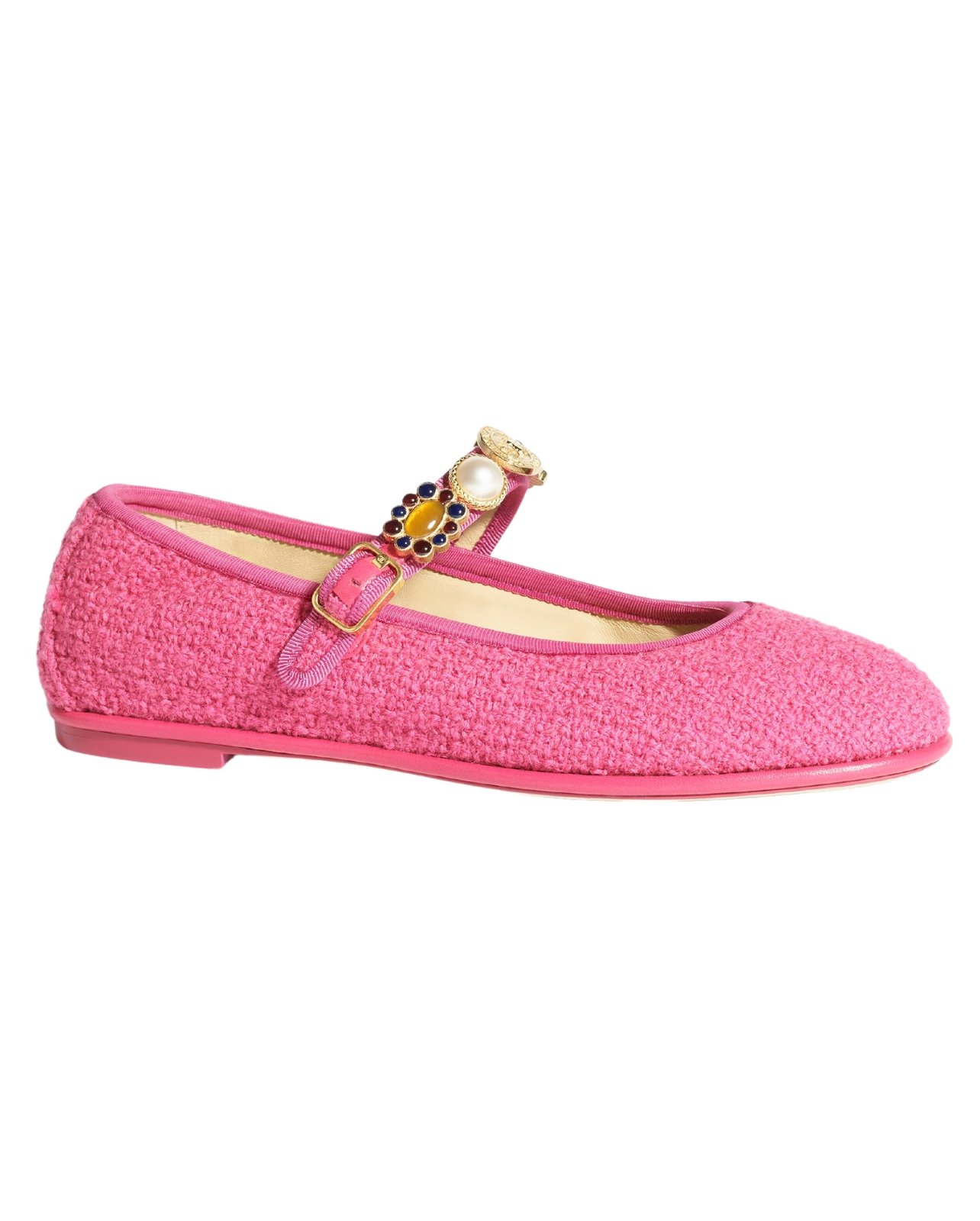
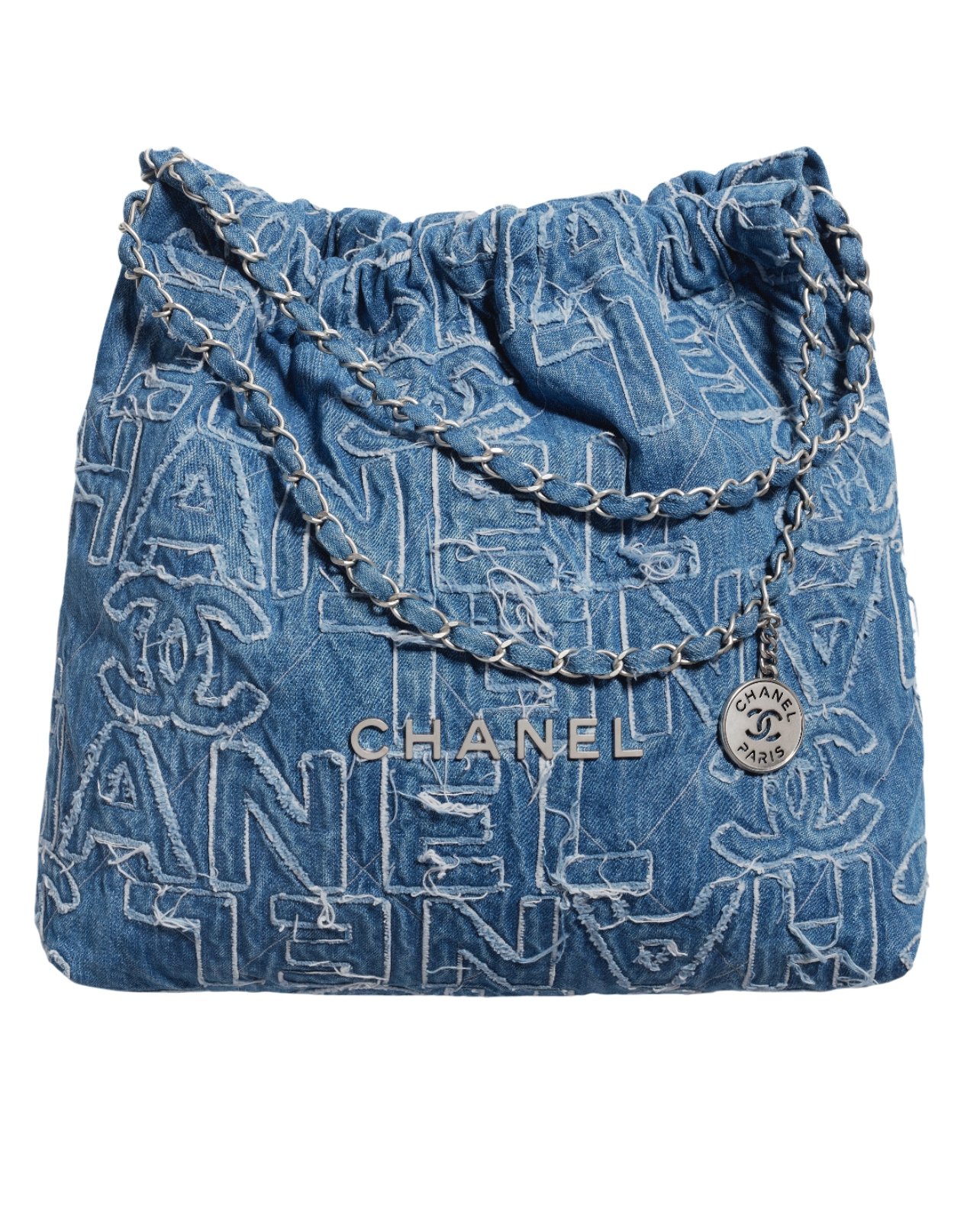
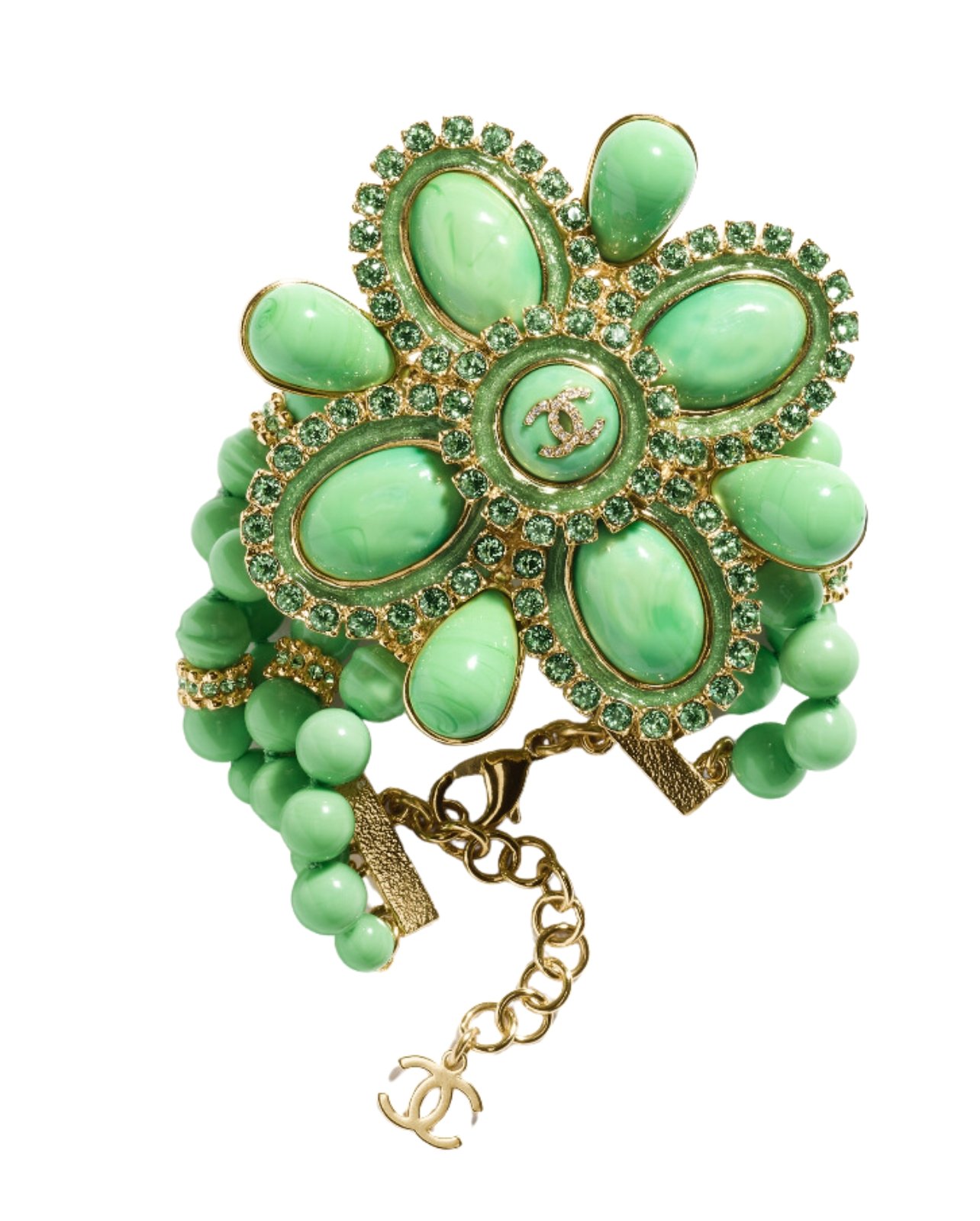
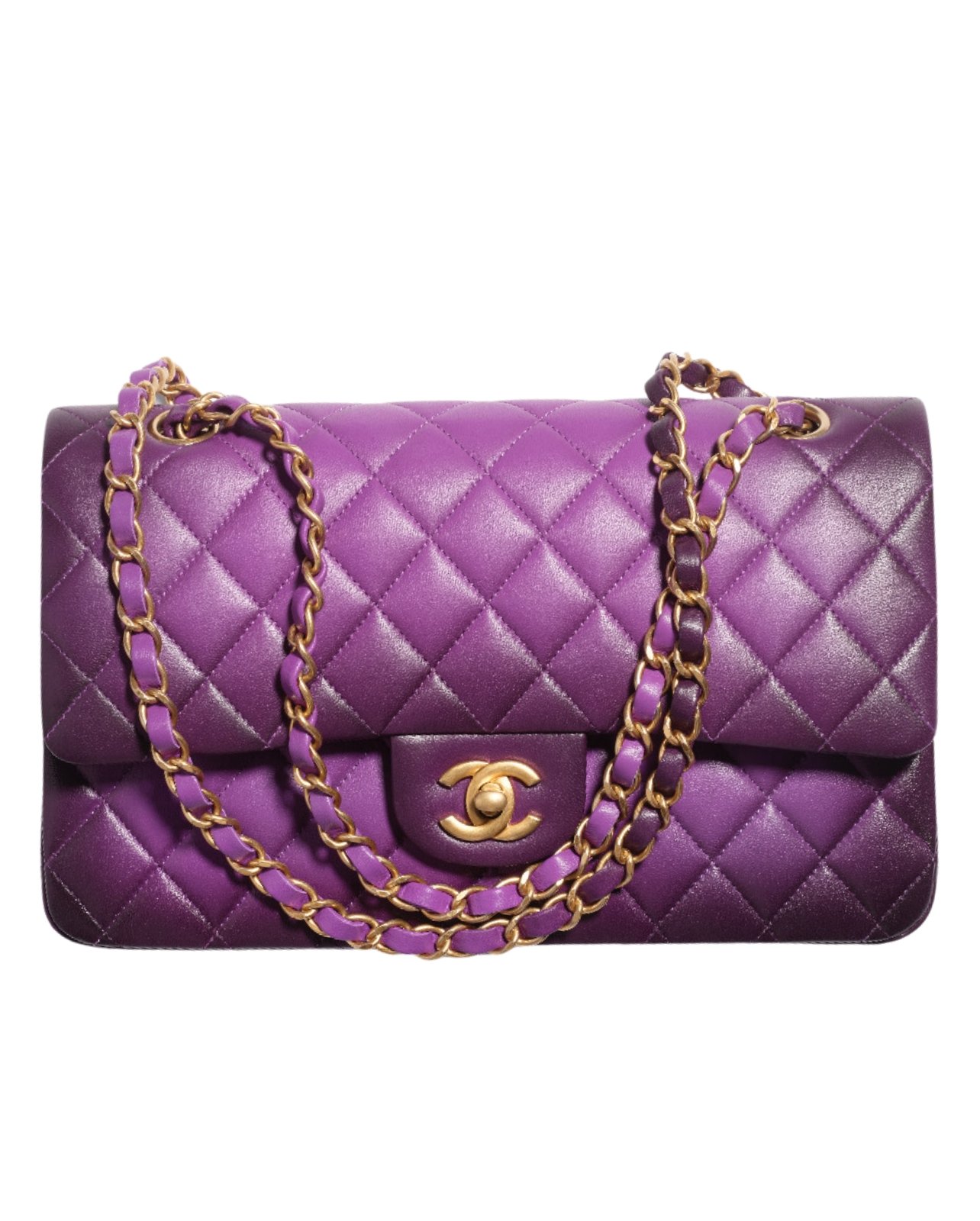
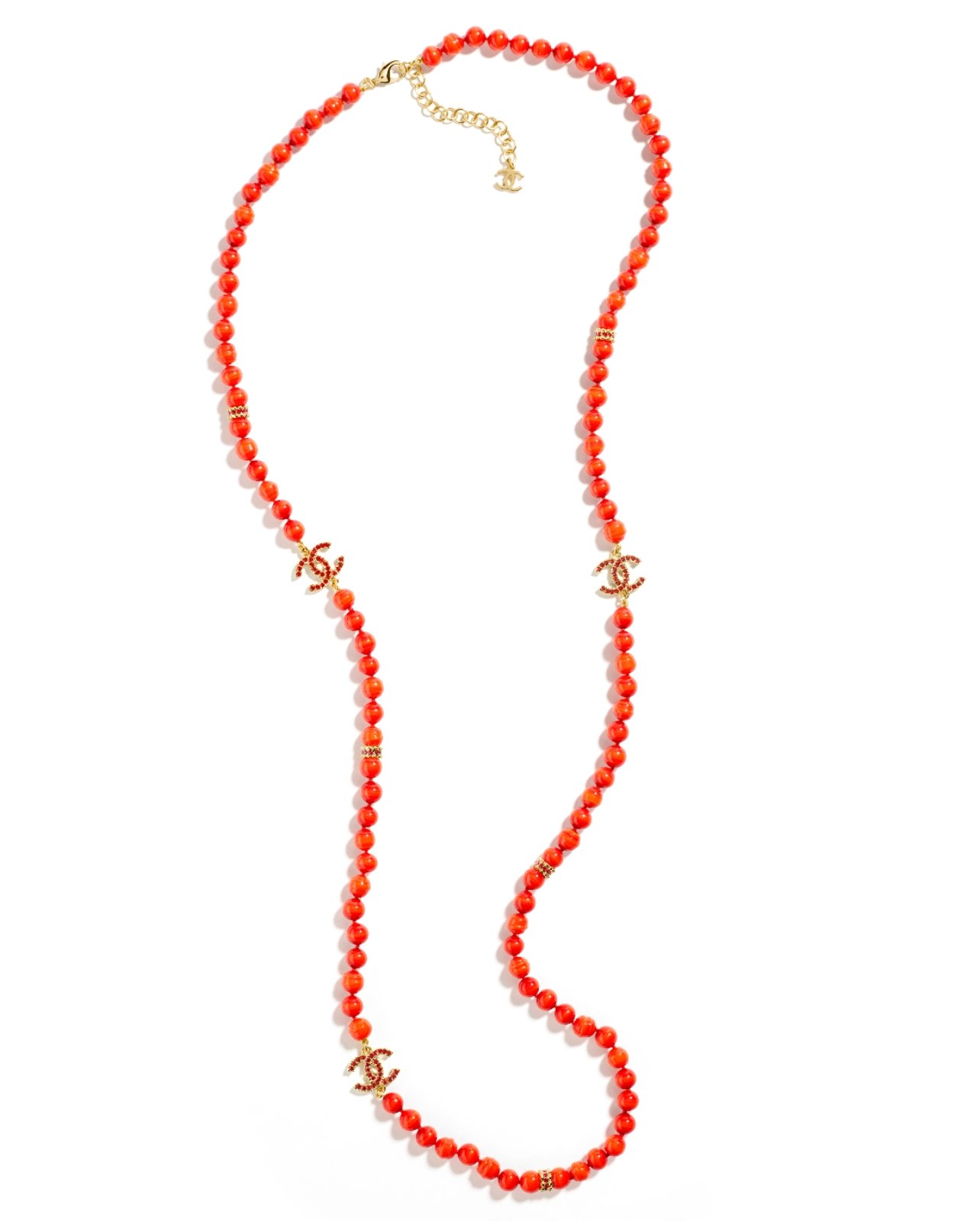
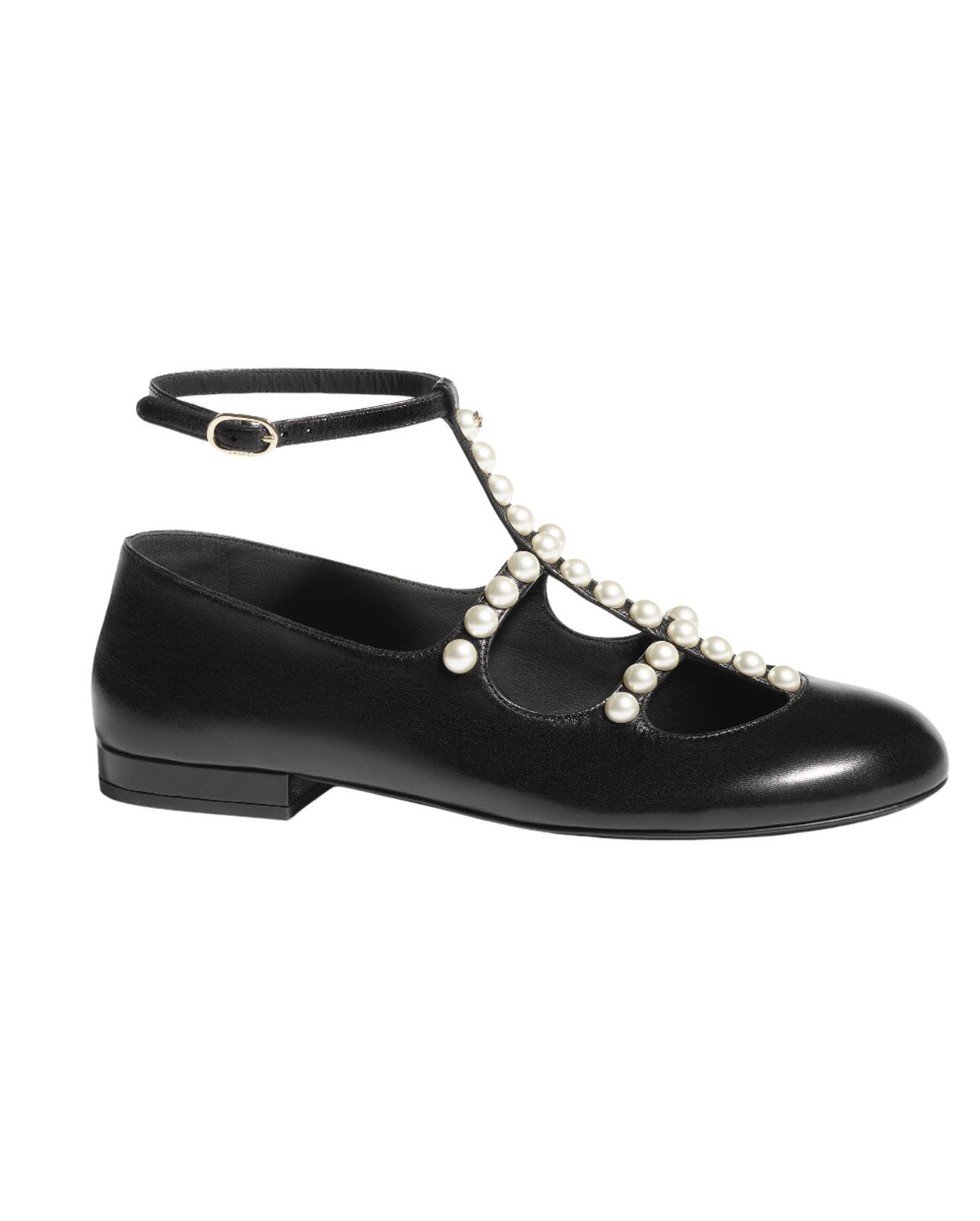
As Métiers d’art became a tradition, it developed its own personality and cadence. The show is often more nostalgic than the other collections but more focused, homing in on one material or place, which generates an image and then a world. This certainly was the case this year, which returned to a material that Chanel is synonymous with: tweed.
When we think of tweed and Chanel, a skirt set by Gabrielle Chanel immediately comes to mind. And it is the pervasiveness of this image that Viard wanted to play with by returning to the homeland of tweed: the United Kingdom, the birthplace of the ladies who lunch and punk. Viard landed on Manchester, a city literally vibrating with music history. Both of those references make it into Viard’s cheeky capsule as sherbet-colored tweeds and rule-flaunting hemlines, which as usual play very nice with the ubiquitous good taste of Mary Janes. The resulting final looks feel nostalgic, but only a little bit, as if still savoring the final sweetness of last night’s dream.
“I thought a lot about Gabrielle Chanel, but I didn’t want to recreate Coco’s look,” says Viard about the Manchester show. “Instead, I took my cue from the Coco who brought color to her tweeds. I added a vibrant, pop spirit to them.”
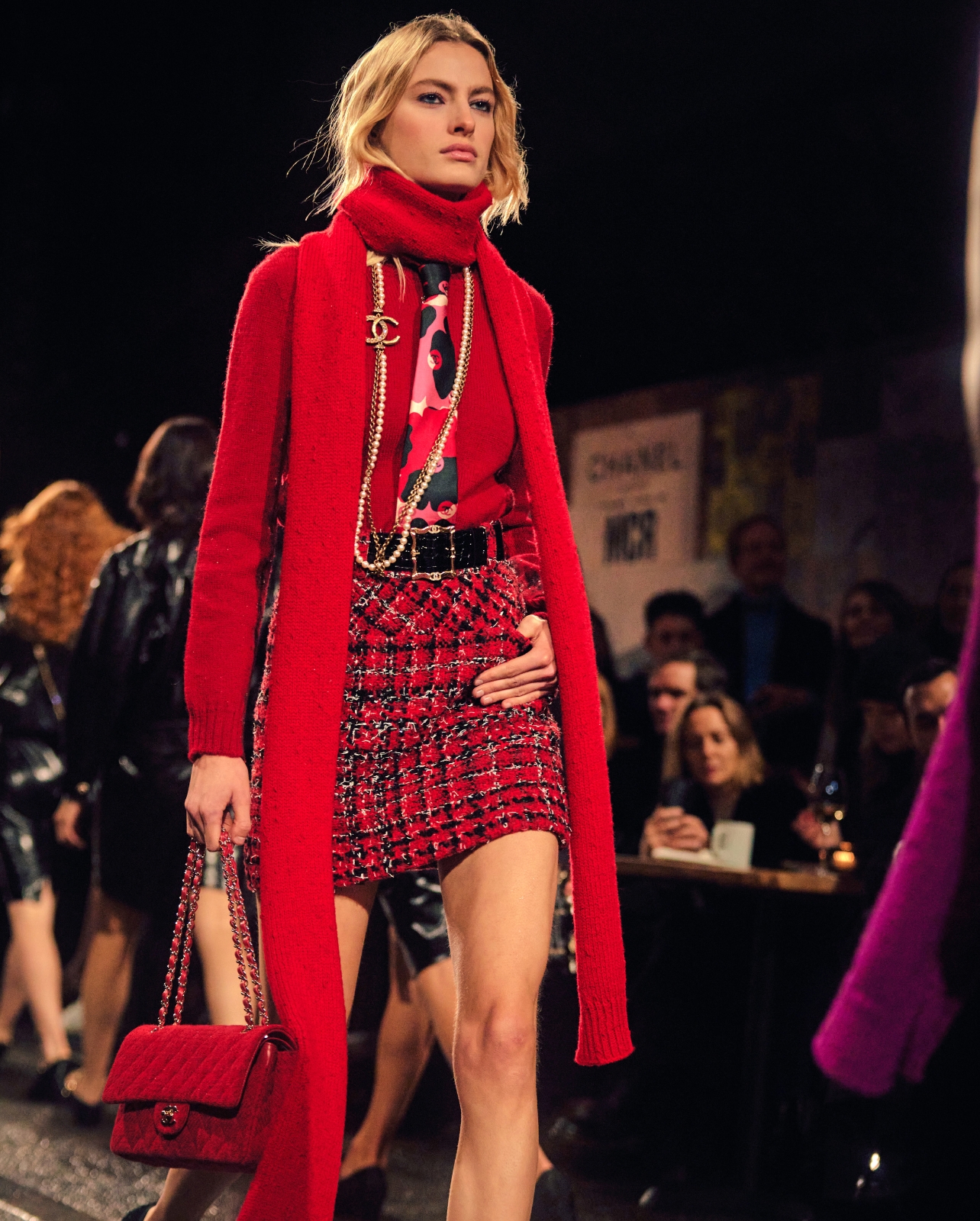
The collection is a celebration of Gabrielle Chanel’s own art of tailoring and touched on themes including football, punk music, and the English countryside.
With just the slightest perfume of the ‘60s on its tongue, the 2023/24 Métiers d’art collection situates itself in the long heritage of tweed and its importance in defining a century-long love affair between Chanel, the UK, and the world at large. Rather than committing to just one fashion touchpoint within this extensive lineage, Viard marries them all, constructing a timeless wardrobe that tells the story of a heritage material through the ages. In doing so, Viard also tattles on her own sources of inspiration: To her, Manchester is a “city of music,” a place that “incites creation.”
Music is rarely something we think about when it comes to Chanel, and yet it is one of the threads that connect the different generations of the house together. Lagerfeld might have been more of a classics guy, as he showed us all at the 2017 Métiers d’art show held at the Elbphilharmonie concert hall in his native Hamburg, but Viard appreciates the spirit of rock bands like Joy Division, New Order, and The Smiths, who put Manchester on the global map; using their history, she makes room for her own at Chanel.
One can see the special legacy that Métiers d’art has created for the house with its attention to place. Not only has the annual show exposed what makes the world of couture so special, it has become a vehicle for reestablishing an intimate perspective in fashion, for designers, lovers, and makers alike.
